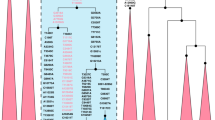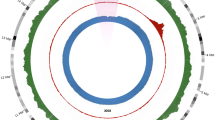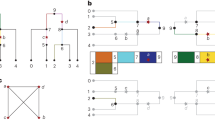Abstract
Modern human populations are known to contain "ancient haplotypes" that originated from archaic humans by hybridization. Some of them had been reported before the development of human genomic diversity databases, such as HapMap. Consequently, some of them have no information about linkage disequilibrium (LD) regions. Because genetic information within LD is tightly linked, to know LD region containing ancient haplotypes will be useful to estimate basic parameters of admixture events, and to infer biological functions that linked with the ancient haplotypes. One of these ancient haplotypes, haplotype X (hX) was found in a 10.1 kb-region located on Xp11.22, which diverged at 1.4 M years ago, with low diversity within the cluster in gene genealogy and worldwide distribution in low frequency. We determined the LD region around the ancient haplotypes using LD information obtained in the HapMap project. The LD determination presents that the LD region surrounding the hX is stable and contains genic regions that may associate with neural and brain functions.
Similar content being viewed by others
Article PDF
Author information
Authors and Affiliations
Corresponding author
Rights and permissions
About this article
Cite this article
Shimada, M., Kanasashi, T. Determination of linkage disequilibrium region suggests association of the ancient haplotype, hX with neural function. Nat Prec (2011). https://doi.org/10.1038/npre.2011.6737.1
Received:
Accepted:
Published:
DOI: https://doi.org/10.1038/npre.2011.6737.1



